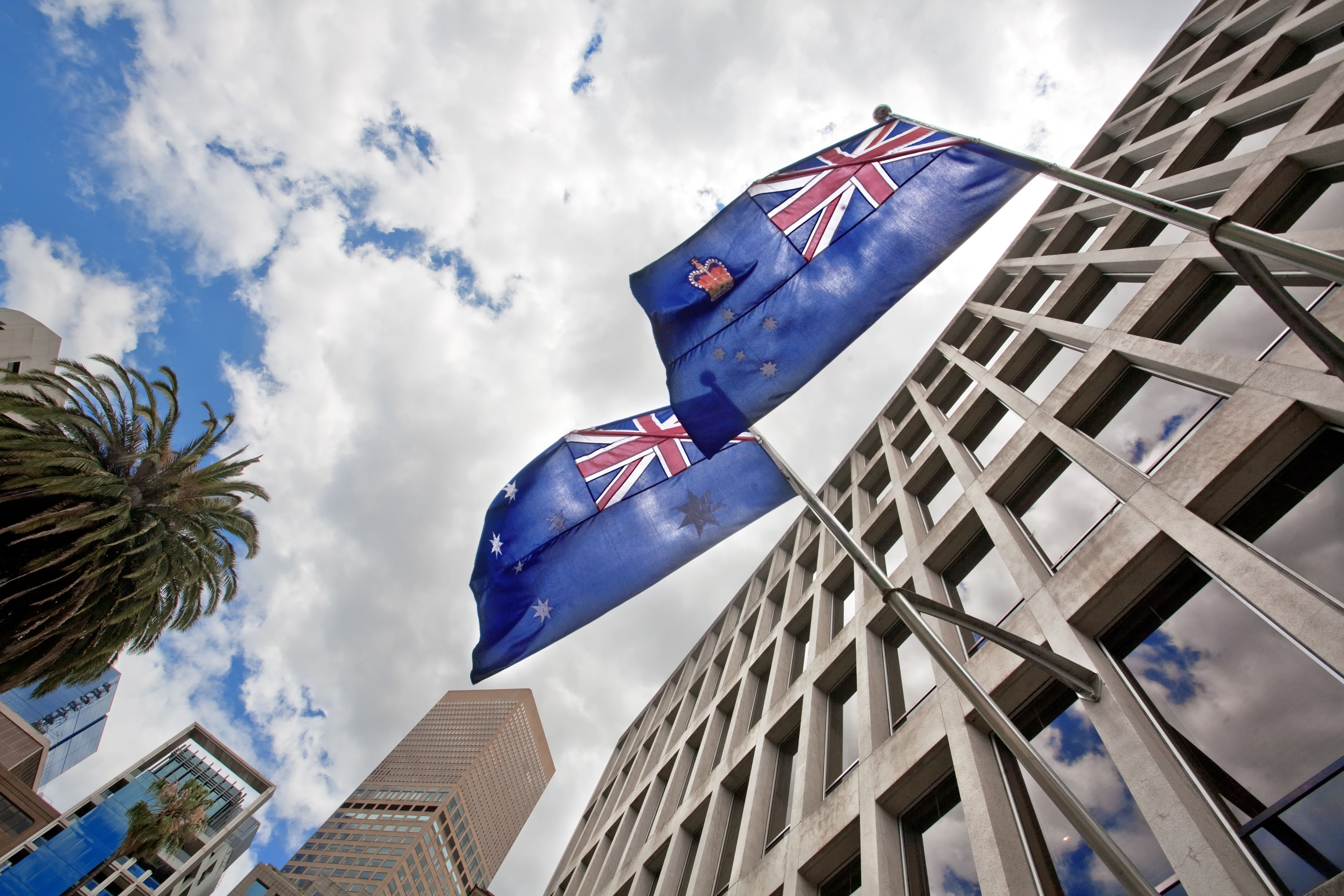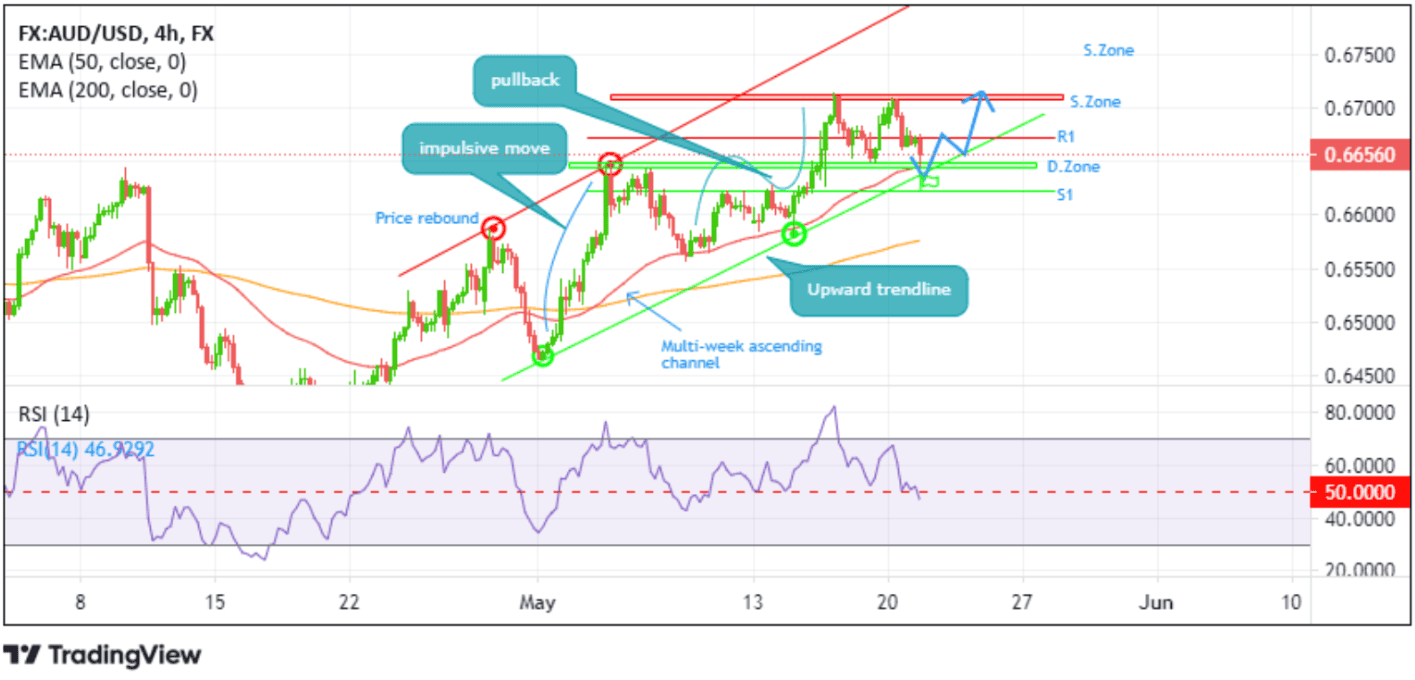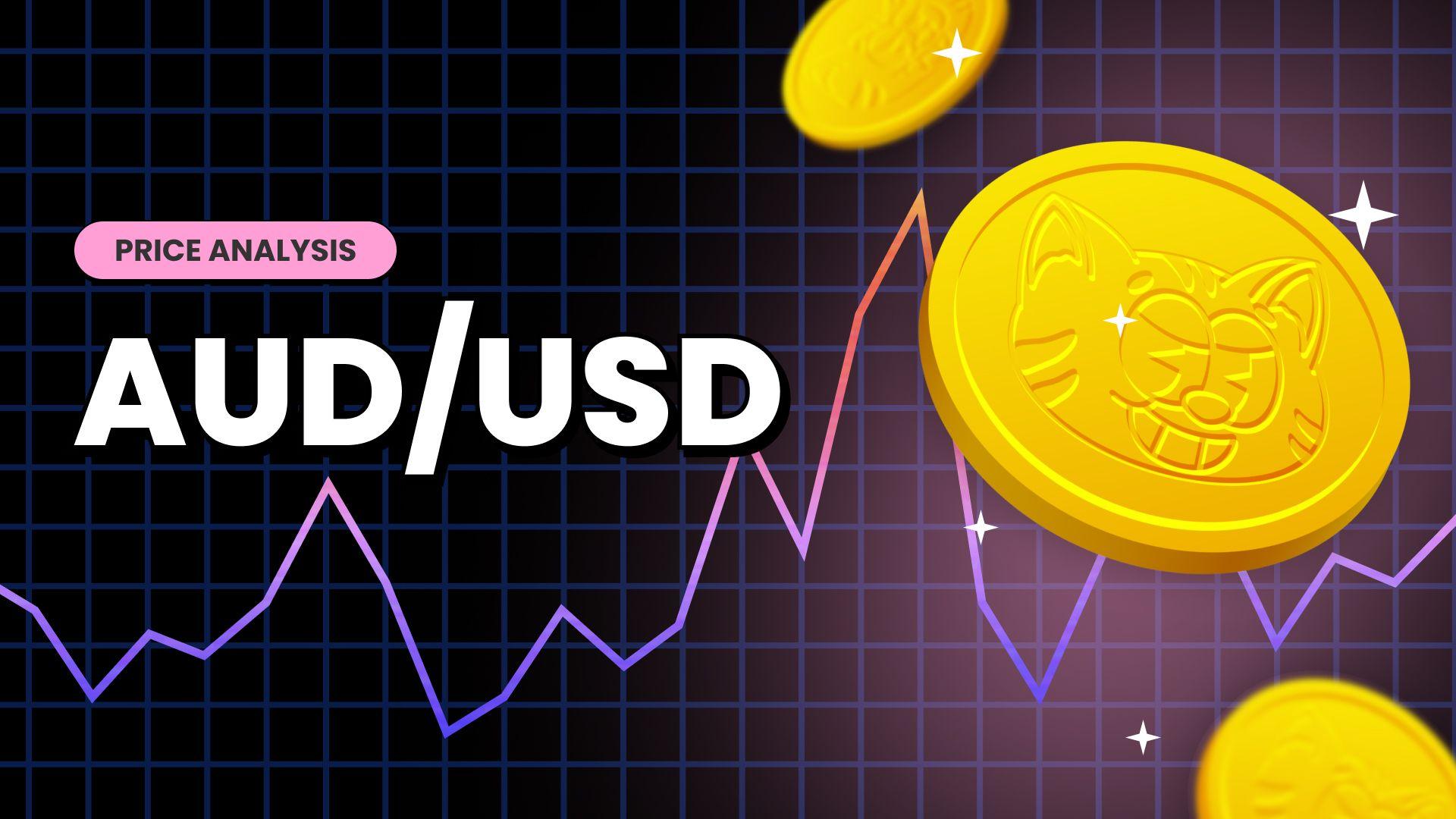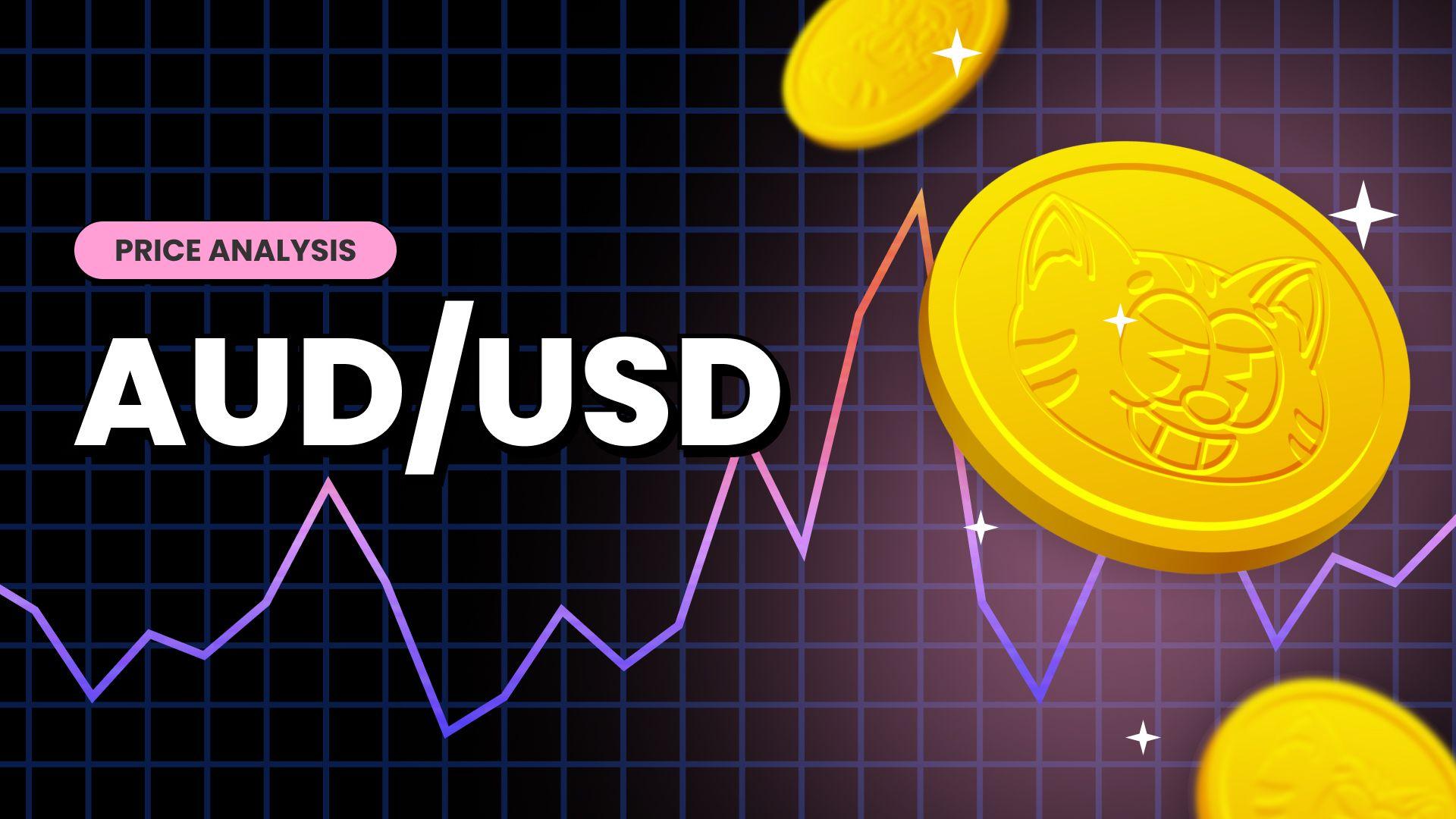AUD/USD Retreats Further Below 0.66500 Levels On Stronger U.S. Dollar






Key Takeaways:
- AUD/USD cross slides below 0.66500 levels weighed by a generally stronger dollar
- The safe-haven greenback extended gains on Tuesday for the fifth consecutive session, supported by recent hawkish Fed remarks
- RBA May meeting minutes report showed the central bank officials considered whether to raise rates and judged the case for a steady policy as the stronger one
- Markets now eye more central bank commentary by crucial Fed officials today
The AUD/USD cross builds on Monday's modest bounce from the vicinity of the 0.67092 level and weakens for the second consecutive day on Tuesday. Spot prices dropped below the 0.66500 level during the second part of the Asian session to post almost a 0.32% daily loss as a generally stronger U.S. dollar helped keep the AUD/USD cross under heavy bearish pressure in the wake of late Fed rate cuts.
The U.S. dollar index, which measures the greenback against a basket of currencies, rose above the 104.600 level on Tuesday during the Asian session, extending gains for the fifth consecutive session. The risk-off market mood combined with the recent hawkish Fed remarks underpinned the safe-haven greenback and acted as a headwind for the AUD/USD pair.
On Tuesday, Atlanta Fed President Raphael Bostic said it would take time before the central bank is confident that inflation will return to 2%, reiterating that only one rate cut will be necessary this year. He added, "Our new steady state is likely to be higher than what people have known over the last decade, maybe back to where we were in the 1990s and 2000s."
That said, traders still hold onto bets over the timing and extent of Fed rate cuts this year, seeing rate reductions in September and November. A September rate cut looks more likely at this juncture after data last week showed cooling inflation and easing consumer spending in the U.S.

Shifting to the Ausi docket, the latest Reserve Bank of Australia (RBA) monetary policy meeting minutes released earlier today showed the RBA monetary policy committee considered whether to raise rates but judged the case for steady policy the stronger one. The decision to hold rates steady during the May meeting was premised on the view that, while there had been notable updates on the state of the economy since the previous meeting, more was needed to warrant a change in the monetary policy stance. Additionally, Holding the cash rate steady could be an appropriate way to mitigate the risk that future demand growth was slower than envisaged in the forecasts, bringing inflation back to target more quickly than assumed and pushing unemployment well above the level consistent with full employment.
The RBA meeting minutes come days after data released last week showed domestic wage growth slowed to 4.1% in the first quarter of 2024 from 4.2% the previous quarter. This was followed by data showing that Australia's unemployment rate increased more than anticipated to 4.1% in April from 3.8% in March, prompting markets to price out any chance of further interest rate hikes from the RBA. Investors now look ahead to more central bank commentary by crucial Fed officials today and the latest FOMC minutes this week to guide the outlook further.
Technical Outlook: Four-Hour AUD/USD Price Chart

Looking at the AUD/USD four-hour price chart, the price broke below the key 0.66720 resistance level before descending toward the Demand Zone (D.Zone), ranging from 0.66487 - 0.66439 level. It later rebounded from it after failing to find acceptance below it. The sharp rebound from the aforementioned zone acts as a bullish signal for buyers to jump in. However, the best-case scenario for a low-risk "Long" trade will be for traders to wait for a further pullback to this zone and eventually drop toward the upward trendline. A subsequent rejection from the aforementioned trendline would act as a potential entry signal (the green flag on the chart represents the entry point), which, if followed by an upward move, should pave the way for a rise toward the 0.67136 - 0.67087 supply zone (target zone).
On the flip side, a subsequent pullback to the demand zone followed by an eventual break below the upward trendline would act as a fresh trigger for new sellers to jump in, paving the way for further losses around the AUD/USD cross. The next level of support can be seen at $0.66231 (S1). If this level fails to hold, the price could drop further to target the $0.66000 round mark.

